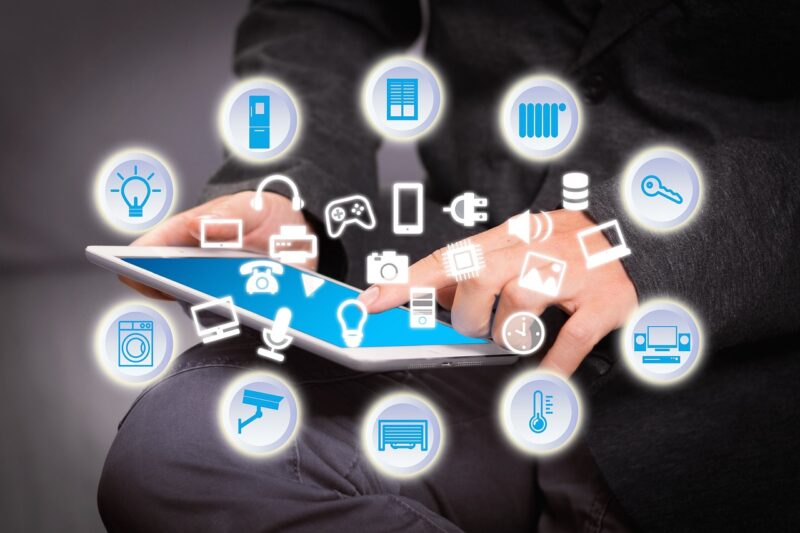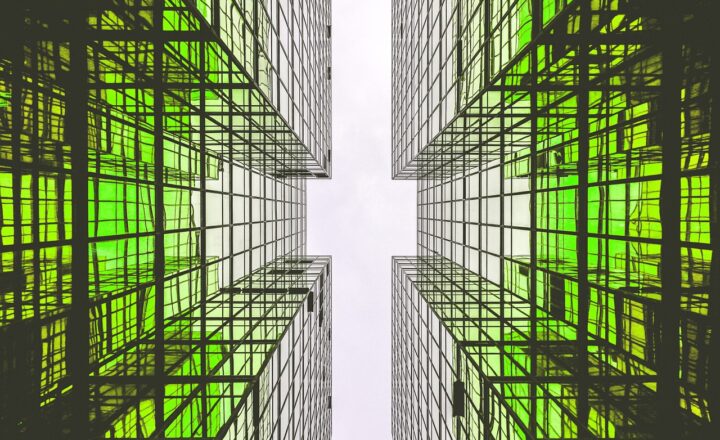From Smart Homes to Smart Cities: How Technology Shapes Our World
November 10, 2024

In today’s fast-paced and ever-evolving technological landscape, the concept of ‘smart’ is becoming ubiquitous. From smart homes equipped with cutting-edge devices to larger systems such as smart cities, technology is continually reshaping how we live, work, and interact.
In this comprehensive exploration, we will delve into the evolution of smart technology, its impact on our daily lives, and how it plays a pivotal role in creating sustainable, efficient urban environments.
1. Understanding Smart Technology
Smart technology refers to devices and systems that utilize connectivity, automation, and data analysis to enhance user experience and improve efficiency. At the core of smart technology is the Internet of Things (IoT), a network of interconnected devices that communicate and share information seamlessly.
Popular smart home devices include:
- Smart Thermostats: Devices such as the Nest Learning Thermostat learn user behaviors and adjust heating and cooling accordingly, optimizing energy use and reducing bills.
- Smart Lights: Systems like Philips Hue allow users to control lighting through smartphones or voice commands, enabling energy-saving features and customizable ambiance.
- Security Cameras: Smart cameras like Ring and Arlo provide real-time monitoring and alerts for enhanced home security and peace of mind.
From energy management to security, smart devices are becoming integral to our homes, providing comfort and efficiency.
2. The Rise of Smart Cities
Smart cities represent the natural progression of smart homes on a larger scale. These urban environments utilize smart technology to improve infrastructure, enhance services, and promote sustainability. By integrating IoT, big data, and artificial intelligence (AI), smart cities aim to create a more connected and efficient ecosystem for residents.
Key features of smart cities include:
- Intelligent Transportation Systems: Smart traffic signals and autonomous vehicles reduce congestion and enhance mobility by adapting to real-time conditions, leading to better traffic flow and lower emissions.
- Waste Management Solutions: IoT sensors in waste bins monitor levels and optimize collection routes, leading to reduced operational costs and a cleaner environment.
- Public Safety Enhancements: Smart surveillance systems and emergency response networks ensure faster reaction times and improved public safety through data analytics and predictive policing strategies.
By leveraging advanced connectivity and data analytics, smart cities are transforming urban living into a more seamless, efficient, and sustainable experience.
3. Benefits of Smart Technology in Daily Life
The incorporation of smart technology comes with a myriad of benefits that can significantly improve everyday life:
- Increased Efficiency: Devices can automate repetitive tasks, saving time and energy. For example, smart irrigation systems adjust watering schedules based on weather patterns, ensuring effective water usage.
- Convenient Control: Users can manage multiple devices through a single app or voice command, allowing for personalized experiences and streamlined management of home systems.
- Enhanced Security: Smart technology provides unparalleled monitoring and alerting capabilities that can prevent and respond to unauthorized access or emergencies quickly.
These advantages contribute to a higher quality of life, ultimately fostering a culture of innovation and sustainability.
4. Addressing Challenges and Concerns
Despite the myriad benefits, the rise of smart technology raises several critical challenges and concerns:
- Data Privacy: With increased connectivity comes the challenge of protecting user data. High-profile data breaches highlight the need for robust security measures in smart devices.
- Digital Divide: The disparity in access to technology creates inequalities in benefiting from smart solutions. Ensuring equal access remains critical for smart city initiatives to be inclusive and effective.
- Reliability and Interoperability: As the landscape of smart devices grows, ensuring that systems can work seamlessly together is essential for maximizing functionality and user satisfaction.
Addressing these challenges is vital for fostering trust and widespread adoption of smart technologies.
5. The Future of Smart Technology
As we look ahead, the future of smart technology appears bright. Emerging trends that are set to shape this field include:
- Artificial Intelligence Integration: Enhanced AI capabilities will lead to more predictive, adaptive smart devices, revolutionizing user experiences and interactions with technology.
- Sustainable Practices: The focus on sustainability will drive the development of smart technologies aimed at conserving resources and reducing environmental impact, particularly in urban areas.
- Edge Computing: This technology will enable faster data processing by performing computations closer to the data source, improving responsiveness and efficiency in smart city applications.
As smart technology continues to evolve, its potential to reshape the urban landscape and improve everyday life will only grow.
Conclusion
In conclusion, the transition from smart homes to smart cities illustrates the profound impact technology has on our lives. By integrating smart devices and systems into our homes and urban environments, we are not only enhancing convenience and efficiency but also paving the way for more sustainable living.
As we embrace the advancements in smart technology, it is crucial to navigate the challenges carefully to ensure a future where technology truly serves humanity. The continued investment in smart solutions will be a driving force towards creating a better world for future generations.







